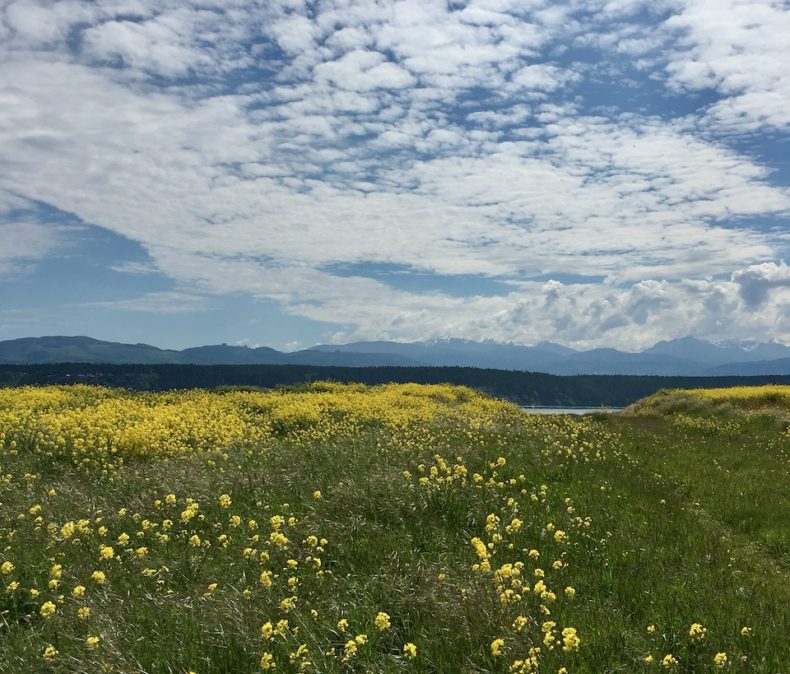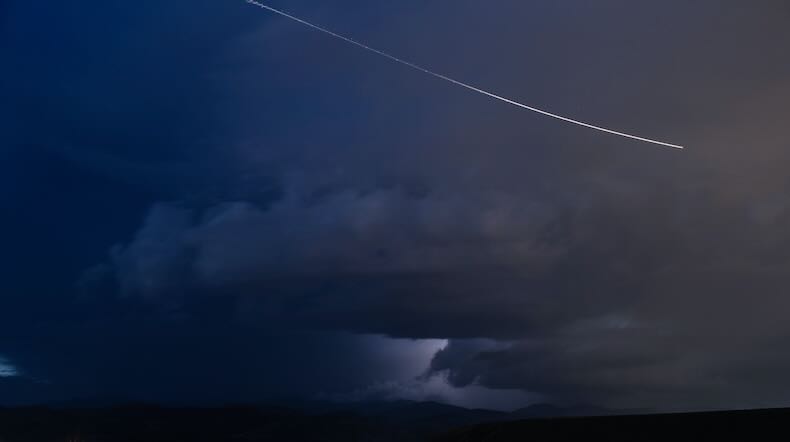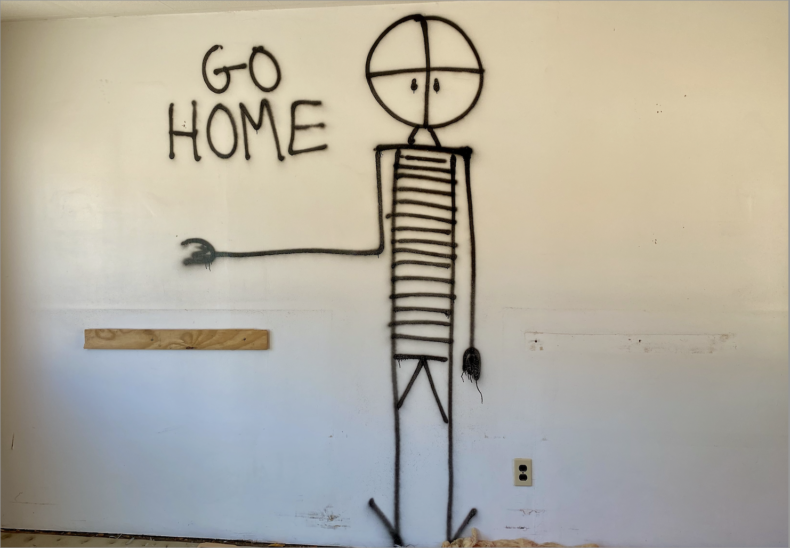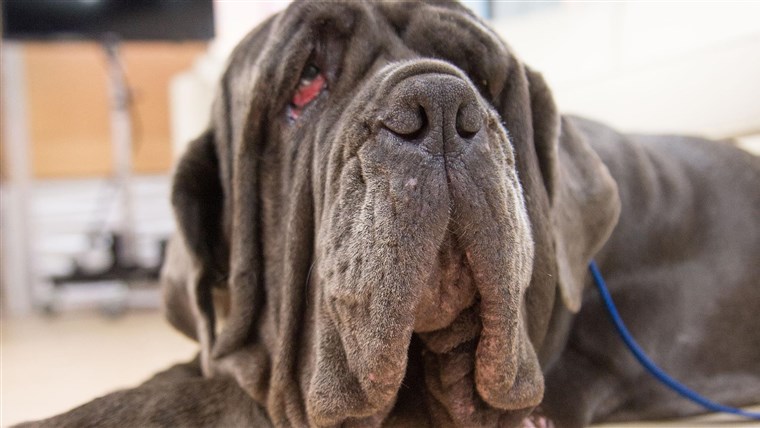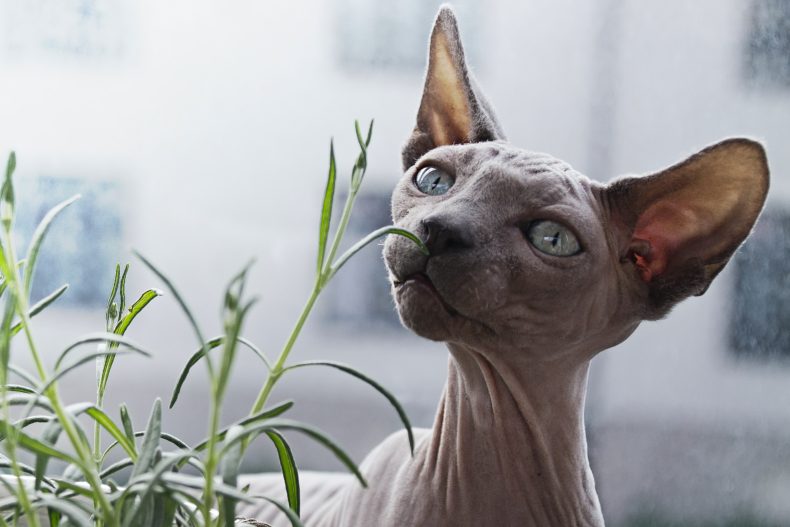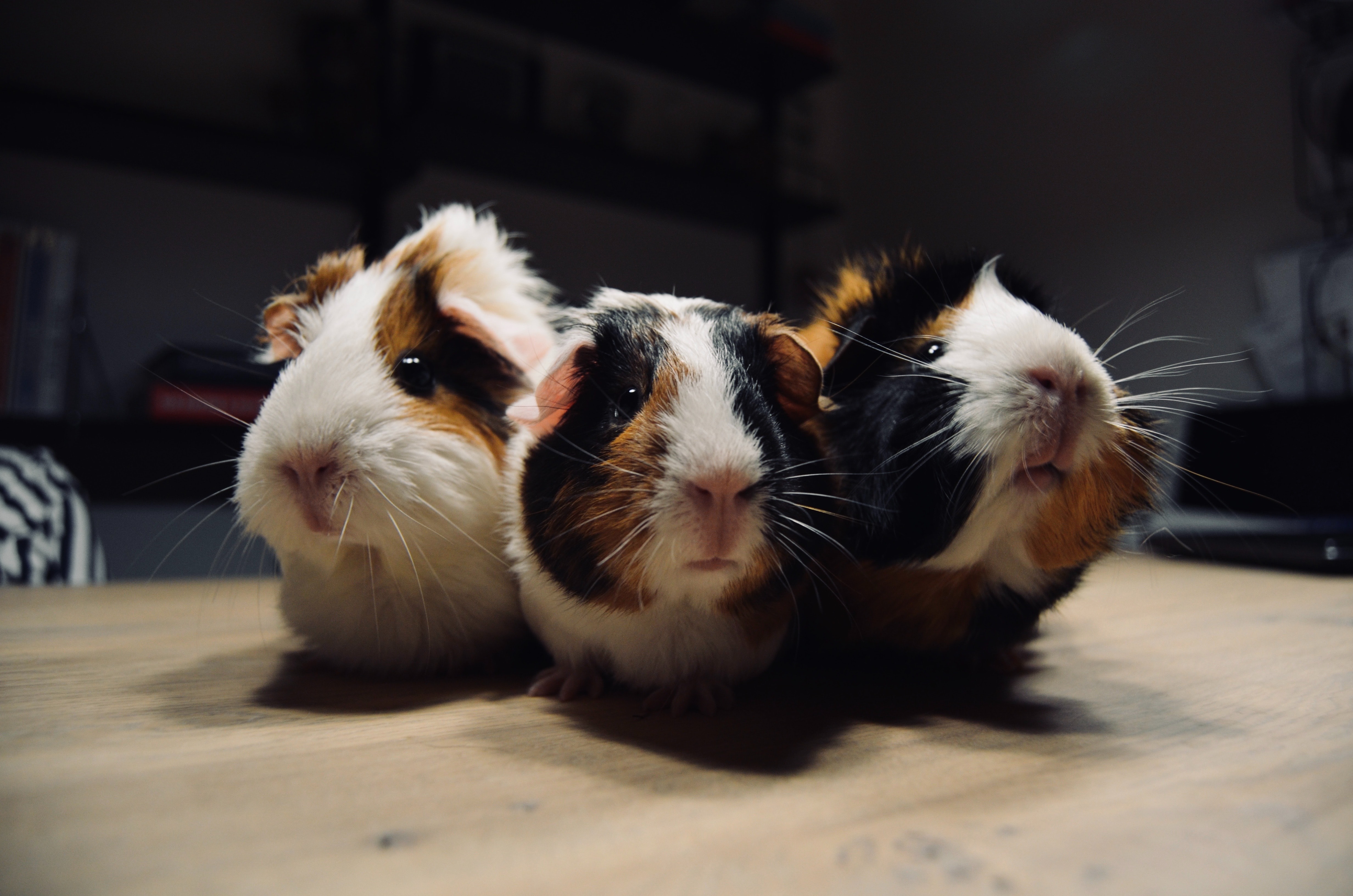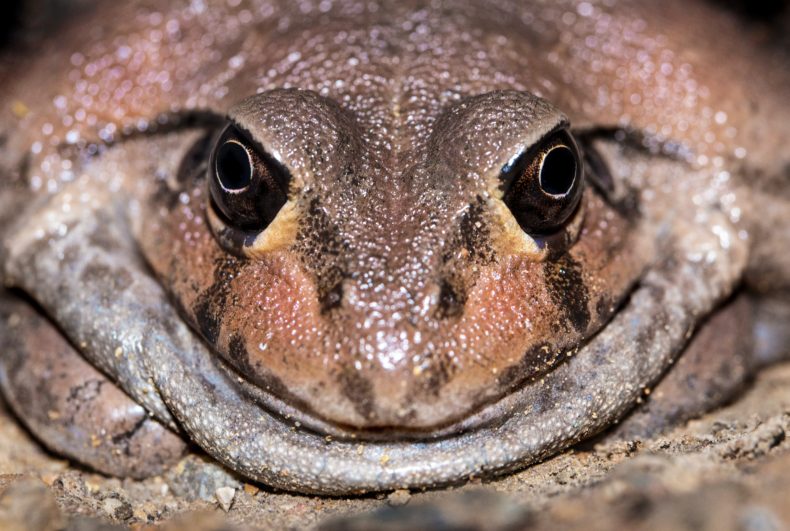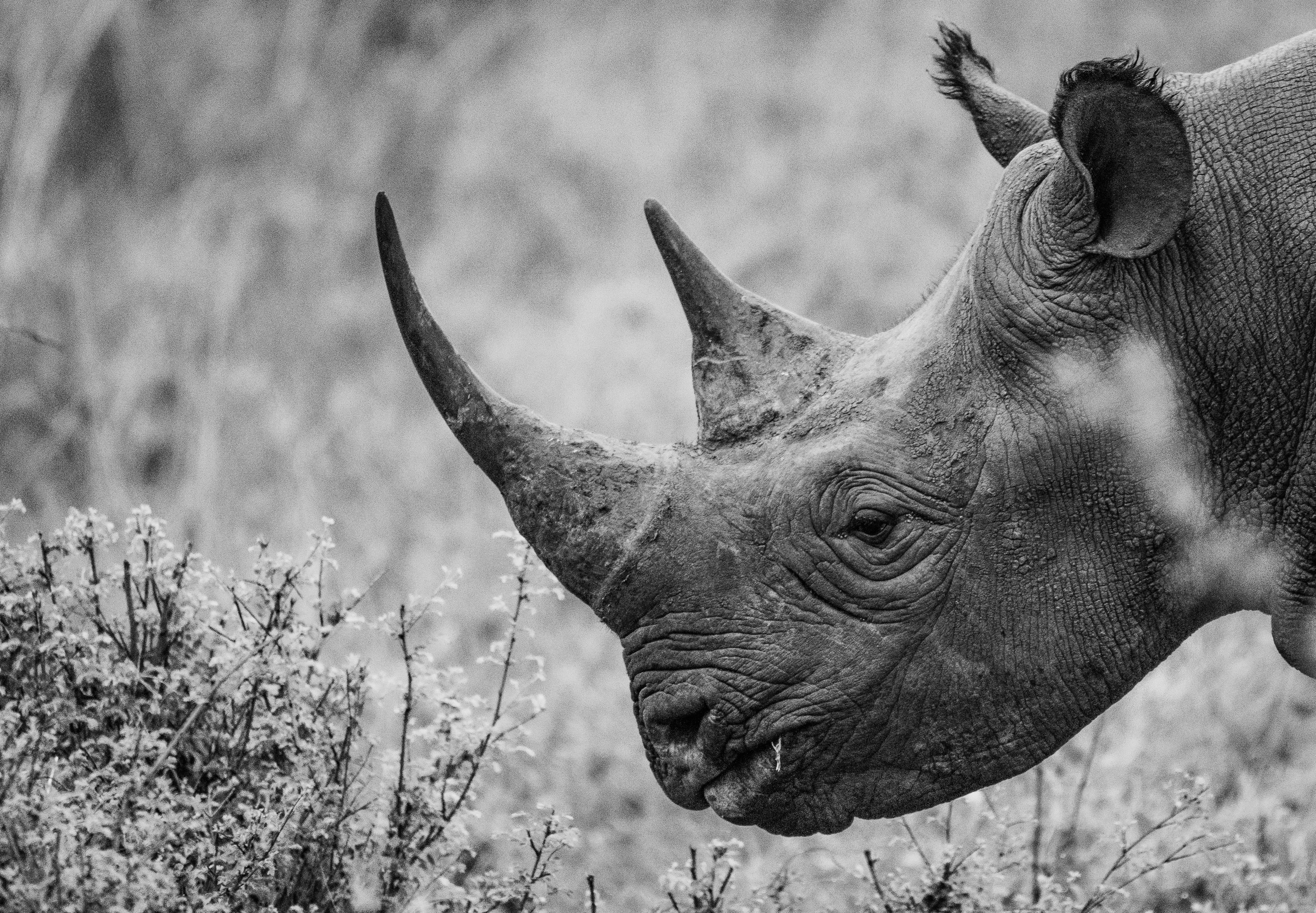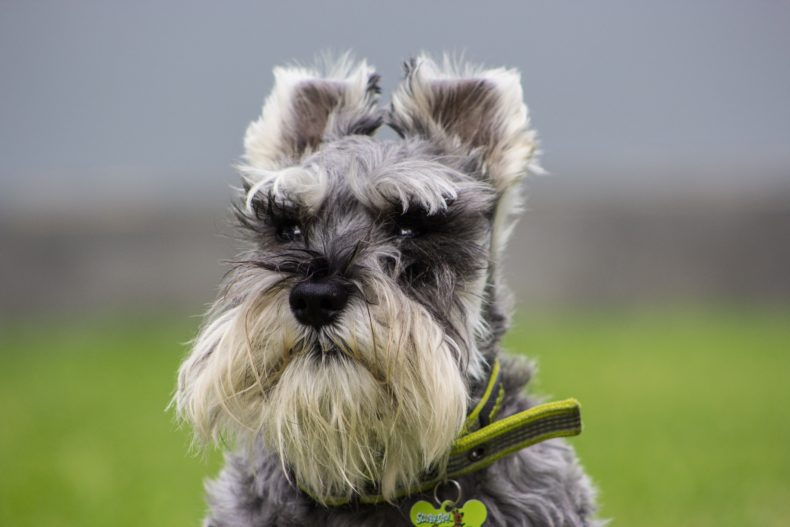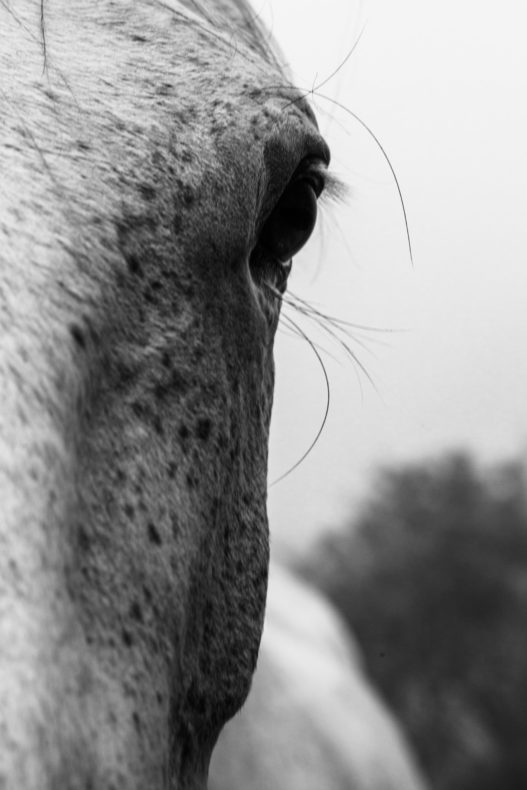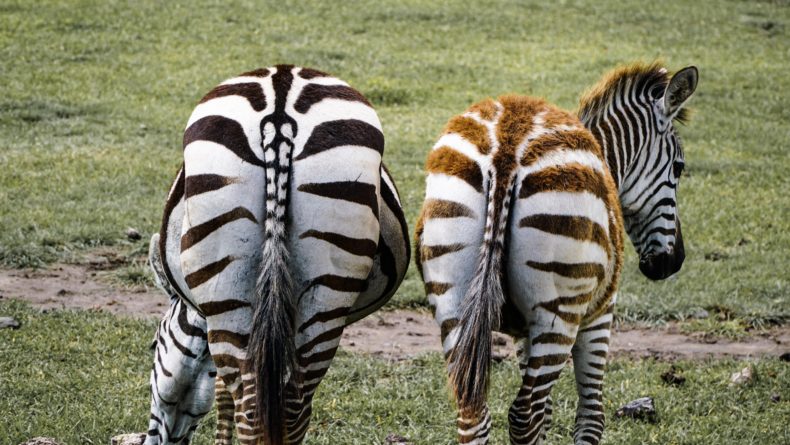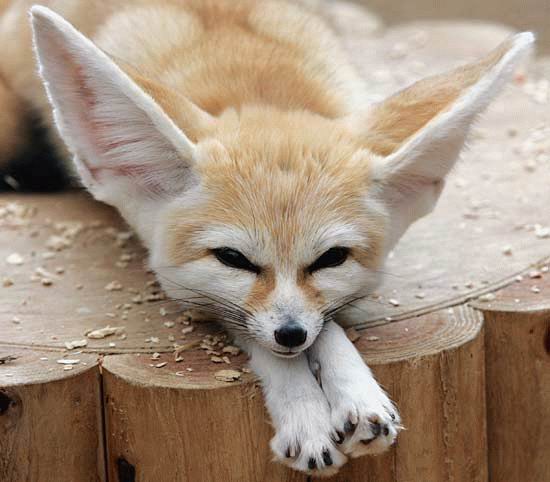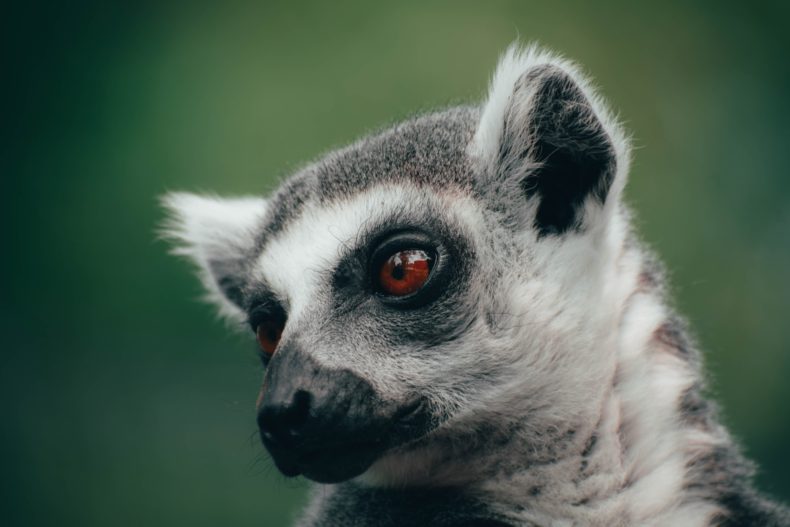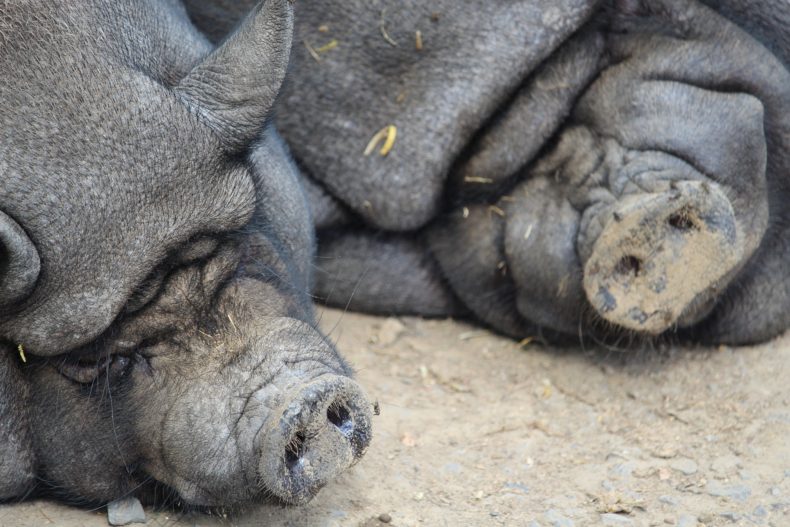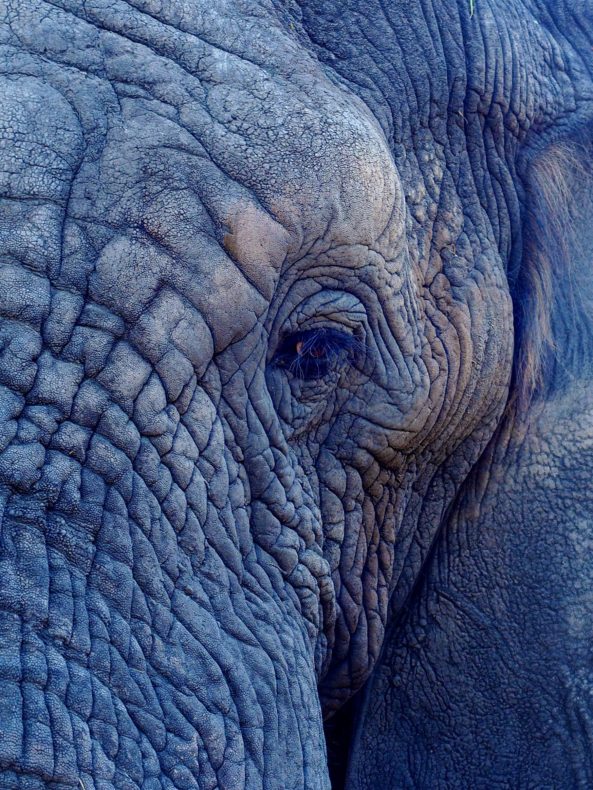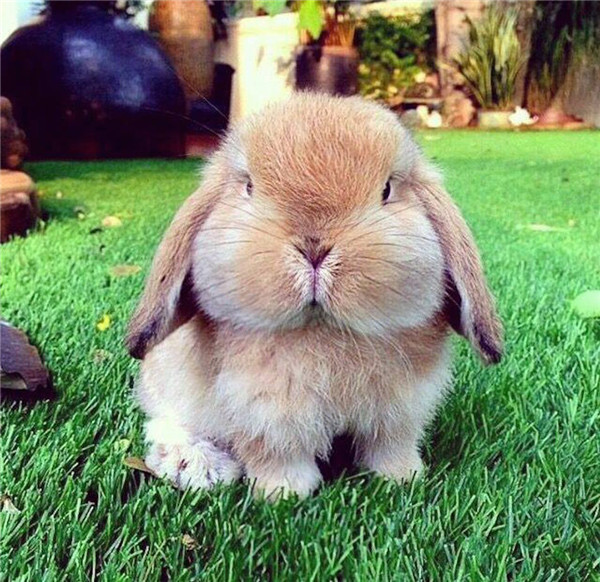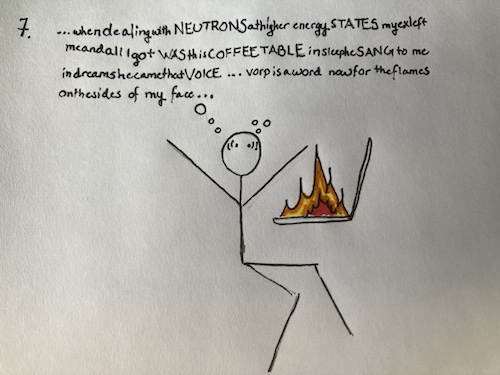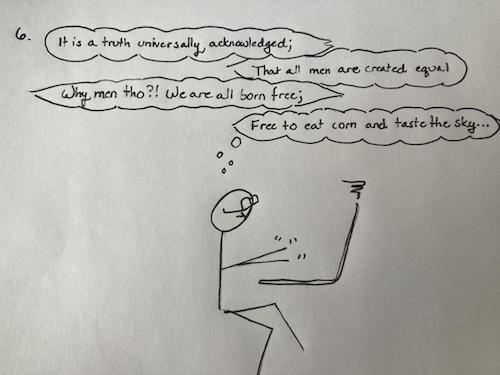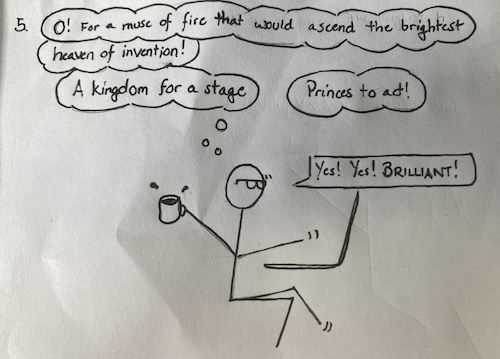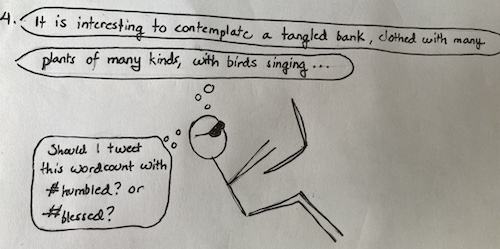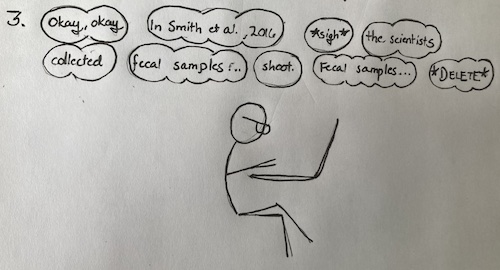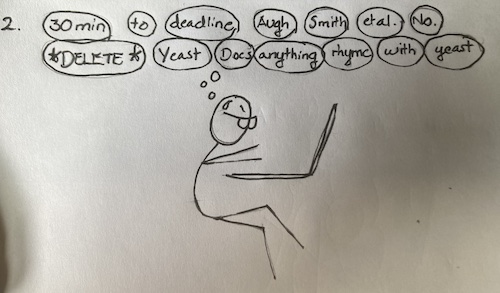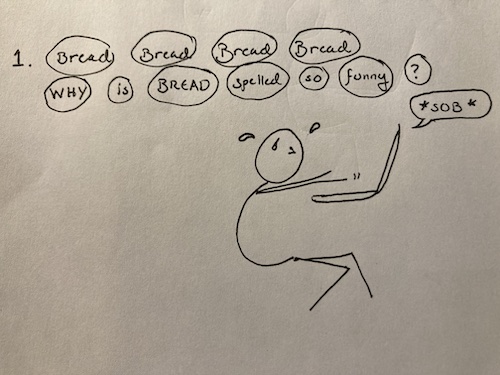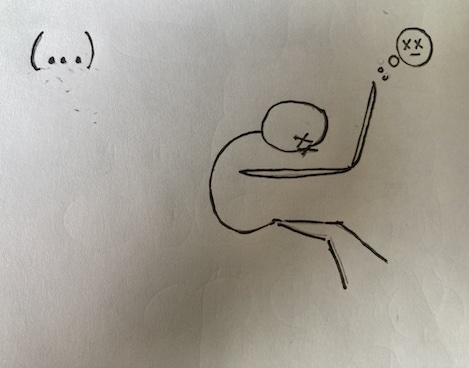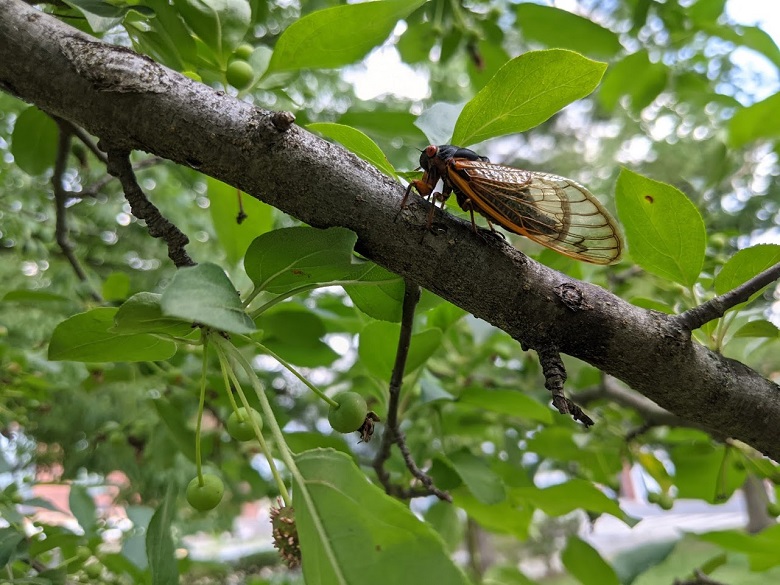Helen and I argued about the Bay Area back in 2017. I mostly love it, she mostly does not. So, how have I not been there since late 2019?! (You know how.) I’m going back this weekend and I’ll see how the 2022 Bay compares to my happy memories and/or Helen’s less happy ones.
*
Cameron: Dear Helen, the last time I saw you was in Berkeley, and it was 2012 (really that long ago?!) and you were sad. You said you hated Northern California, and then I was sad, because I love it. And so I also knew I wouldn’t see you last month at WCSJ in San Francisco. I missed you! So let’s argue about it.
Helen: Oh man, that 2012 trip was truly, epically bad. Except for the part where I got to see you. I just reread my journal for that weekend to make sure I remembered the full terribleness. It included: being cold all the freaking time, because why is it always so dang cold indoors in California; losing my phone; and having my Kindle stolen right out of my hands. I was sitting there looking at it, and suddenly this pair of hands appeared in front of me and it was gone. And I didn’t feel like I got much out of the narrative journalism conference that we were there for. I already didn’t like Northern California, and that weekend was really the nail in the coffin. I don’t think I’ve been back since.
Cameron: I go there a lot. I grew up there, and a lot of my favorite people still live there. And I just–I don’t know–I just love it. I feel happy once you can see the Bay (at least, after the traffic–so I feel happy once we get on 580). I love it when the fog rolls in, I love cold days hiking in the hills and walking in Berkeley neighborhoods to look at wisteria and persimmons and beautiful old houses. I love all of my funny memories of high school in Oakland, and all those memories seem very close to the surface because many of the places I associate with them are still there (while most of the associated angst is gone). I love eating, and there are so many good places to eat. And I just love people there. I had such a good time being on BART and watching people and watching them watch each other.
Maybe some of this love is because then I get to leave–some things that might be annoying (like BART) if you live there can be funny when you don’t have to deal with it every day. But you lived there, too, didn’t you? You don’t feel nostalgic when you go back?
Helen: Aw, now I feel like a mean old grumpypants! Hating your beloved Bay Area! I did live there, yeah. I was at Stanford for two years, which is down the peninsula from San Francisco an hour or so, then a year in Santa Cruz, which is on the north side of Monterey Bay. I imagine I’d feel all pleasant and nostalgic if I went back to either of those places. I liked those tall palm trees at Stanford, and the barking sea lions that I could hear from my desk at Santa Cruz. When I was in grad school, I used to love going up to San Francisco for parties. There were lots of exciting people. I dated a surgical resident for a bit, and later a litigator. A friend of a friend wrote part of a musical about skateboarding, and I recorded some of the songs. It was an exciting time.
But sometime between 2003 and now I fell out of love with all of it. Now when I think of the Bay Area I think of being cold and anxious and everything smelling like pee and pot.
Cameron: Oh no, that sounds awful! I mean, I have memories of things smelling like pee and pot, too. They’re just lots of other smells in there, too. Jasmine at night, wet conifers, eucalyptus, patchouli, Zachary’s pizza, bay leaves, Cheeseboard pizza, morning-after-the-party beer smell, high school gym smell, Fondue Fred’s fondue smell, chaparral smell, Arizmendi Bakery pizza smell. I’m noticing a hot cheese theme here.
I was going to look up something about smells and memory, to see if we could somehow realign your smell memory so you could safely travel to Northern California, but look what I found: an article you wrote on this very subject! So I don’t have to tell you that some researchers have found that the formation of smell-related memories peak around age five, even though visual and verbal cues tend to trigger memories from our teens and twenties.
Maybe instead of trying to convince you about Northern California, you and I should just go into a time machine, and we can be five, and I can take you to lots of fun places in the East Bay. Children’s Fairyland, the Adventure Playground, the big concrete slides at the Cordornices Park and the one behind Chabot School. There’d be all sorts of things we could smell there.
Helen: Oh my goodness. I remember writing that story–it was really interesting! I would absolutely time travel with you back to Northern California at age 5.
I’ve been thinking – the times I’ve gone back to the Bay Area in the last decade have mostly involved the neighborhood around the conference center in San Francisco, which is completely charmless, and my ex-boyfriend’s godfather’s house in Berkeley, which was cold and where I was always nervous about whether his family liked me. And having my stupid Kindle stolen shook me up a surprising amount.
If I think back to my 20s…I did really like Stanford and Santa Cruz. But I was always cold. People seem to think the weather is a plus in California, but I hated how I couldn’t just wear a sundress on a nice day, because the temperature would drop so much after sunset that I’d need sweatpants and a fleece. I never did figure out how to dress. And the buildings are underinsulated. And the extreme differences in income seem particularly noticeable in the Bay Area. And the horrendous commutes.
I feel like this is really a Bay Area problem I have, by the way. I have spent less time in other parts of Northern California but generally found them quite lovely.
Is there any place you totally hate?
Cameron: I’ve been trying to think—I’m not sure about whole towns, there are several hostels that I have very negative feelings about. I do not like it when places are oppressively hot. But you know, the only time I’ve been to DC, I️ didn’t love it, and it wasn’t even that hot. It was a traveling companion mismatch plus exhaustion. The only things I️ remember are going to the new (at the time) Holocaust museum and successfully using my fake ID at a bar in Georgetown. What do you think–should we arrange a good-memory exchange of our home bases?
Helen: Yes please! Hating my town is basically a national pastime, and I just love it here. And we’ll serve you alcohol! No fake IDs required!
Cameron: And then maybe we can visit Ann, or she can come to DC, and we can make mint lemonade, too. (Or maybe mix them together?) We’ll be that much happier, no matter where we are.
—
Image of the Bay Bridge by Flickr user Howard Ignatius under Creative Commons license
